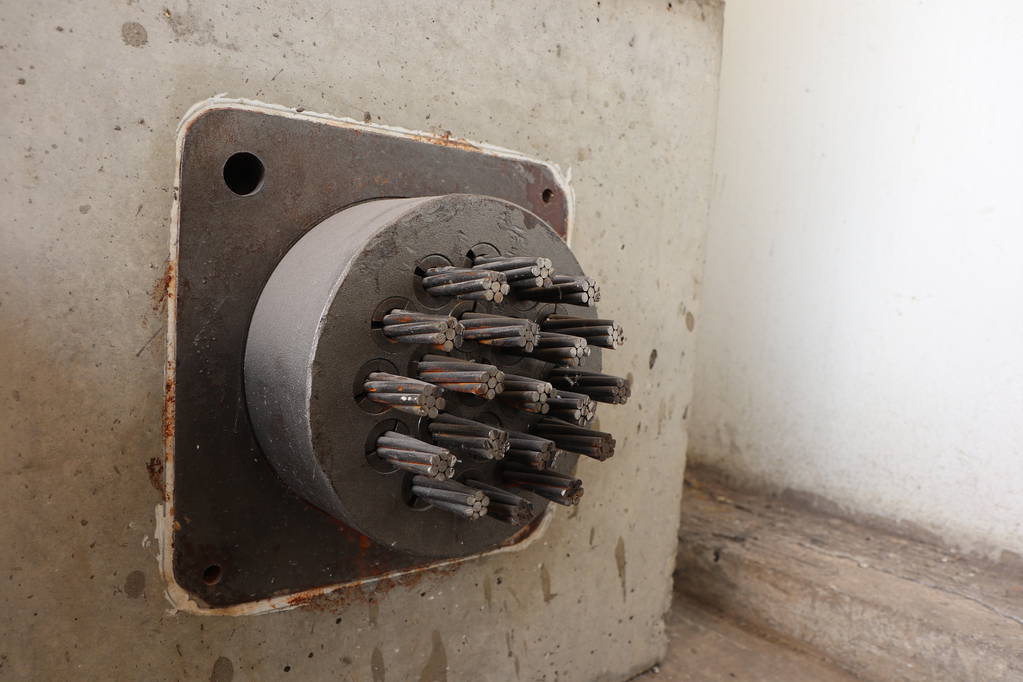Introduction
Post-tensioning is a technique used in reinforced concrete to increase its load-bearing capacity and reduce cracking. This method is primarily applied in the construction of bridges, long-span slabs, and multi-story buildings. By introducing internal tensile forces, post-tensioning helps to improve the structural performance of concrete slabs, effectively counterbalancing compressive forces.
Benefits of Post-Tensioning
- Increased Load-Bearing Capacity:
Post-tensioning enhances the ability of concrete slabs to bear significant loads, allowing for more ambitious designs. - Reduction of Cracks:
By applying internal tensile forces, the occurrence of cracks due to concrete shrinkage or excessive loading can be minimized. - Material Efficiency:
Post-tensioning allows for the use of less concrete and steel, reducing the overall cost of construction. - Design Flexibility:
This technique provides greater flexibility in designing concrete structures, enabling the construction of longer and thinner slabs while maintaining strength.
Post-Tensioning Process
- Formwork and Reinforcement Preparation:
The process begins with setting up the formwork and placing the conventional steel reinforcement bars in their designated positions. - Cable Installation:
Post-tensioning cables, typically made of high-strength steel, are placed within specially prepared ducts in the slab. - Concrete Pouring:
Concrete is then poured around the cables and reinforcement bars, ensuring that the cables are fully encased. - Cable Tensioning:
After the concrete reaches the required strength (usually 7-10 days after pouring), the cables are tensioned using specialized tensioning devices. This is typically done by applying a pre-determined tensile force to the cables with hydraulic jacks. - Cable Anchoring:
Once the desired tension is achieved, the cables are anchored in place with special grips or locks, and the excess cable lengths are cut off. - Duct Grouting:
A special grout is injected into the ducts surrounding the cables to ensure they are well-bonded to the concrete and protected from corrosion.
Practical Applications
- Bridges:
Post-tensioning allows for the construction of long-span bridges without the need for intermediate supporting columns. - Towers and High-Rise Buildings:
It is used in floor slabs between stories to reduce their thickness and increase floor area without adding extra loads on the foundations.
Conclusion
Post-tensioning represents a significant advancement in modern construction techniques, providing cost-effective and high-performance solutions for complex concrete structures. Understanding how to properly implement this technique is essential for any engineer or construction specialist.
